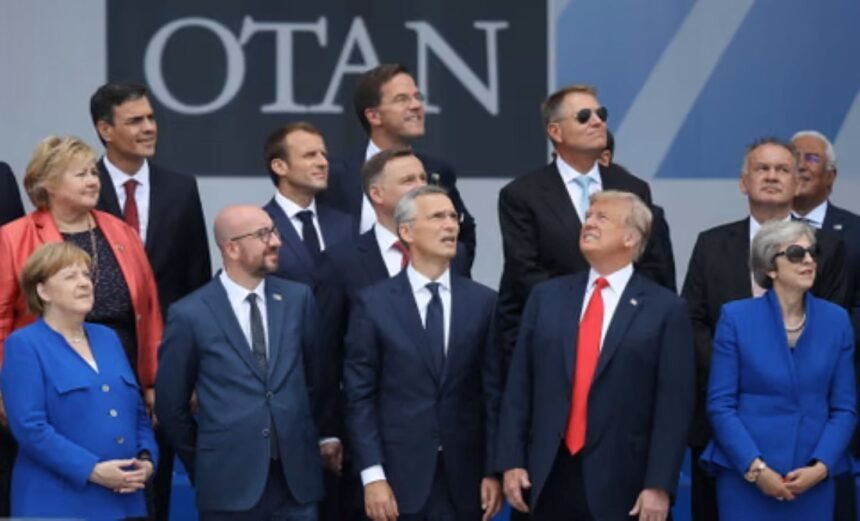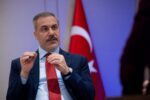In his memoir, former NATO Secretary General Jens Stoltenberg has offered a rare inside look at his encounters with Donald Trump, painting a picture of unpredictability, tension, and occasional humor that marked the alliance’s dealings with the former U.S. president.
According to Stoltenberg, Trump’s arrival in office in 2016 caused immediate concern within NATO. Throughout his campaign, Trump had repeatedly called the alliance “obsolete” and questioned the value of defending countries that were, in his view, failing to contribute their fair share. Stoltenberg recalled that he quickly adopted a policy of “zero tolerance” toward ridicule of Trump within NATO, warning staff that even the smallest jokes could backfire if word reached Washington.
Their first call in November 2016 was surprisingly cordial. Trump told Stoltenberg: “I’m a big, big fan of NATO”, while pressing him on the need for European members to increase defense spending. Stoltenberg, who had long campaigned for fairer burden-sharing, agreed. But Trump’s habit of veering into unexpected topics — from North Korea to personal acquaintances in Norway — left the NATO chief wary.
By spring 2017, during Stoltenberg’s first Oval Office visit, Trump had already started questioning why NATO couldn’t focus on North Korea, or even whether Iceland’s membership was useful at all. Defense Secretary Jim Mattis intervened, explaining the island’s strategic importance for monitoring Russian submarines. Trump relented, remarking: “Well, then we’ll let Iceland stay.”
The real test came at the May 2017 NATO summit in Brussels, where Trump delivered a sharp rebuke to allies, accusing 23 of 28 members of “not paying what they should”. Most alarming to Stoltenberg was that Trump omitted any reference to Article 5, NATO’s collective defense clause — despite a prepared speech that included it. Instead, Trump had scrawled phrases like “MUST PAY” and “NOT FAIR” across his notes.
Stoltenberg recounts an especially tense moment during the 2018 NATO summit, when Trump told fellow leaders:
“Either you pay 2% immediately, or by January 1. Otherwise, we’ll do our own thing. We don’t need NATO.”
He even threatened to walk out of the meeting, prompting Stoltenberg, Angela Merkel, Emmanuel Macron, and other leaders to huddle urgently. The Norwegian diplomat feared that the alliance might collapse on the spot if Trump followed through.
Ultimately, NATO survived the Trump years, but Stoltenberg admits he often felt that the organization was hanging by a thread. Trump’s approach — part transactional, part confrontational — forced allies to dramatically accelerate defense spending. Yet, as Stoltenberg reflects, it also left the alliance constantly questioning whether the U.S. commitment was still ironclad.
Key takeaway: Trump’s time at the NATO table was marked by unpredictability and blunt demands, which Stoltenberg now describes as both a threat and a wake-up call for European allies.







